The poor state of “flagship” bus services just outside London
I recently had reason to take a trip out to Dartford. As I waited at a stop by the station after arriving I was reminded just how bad buses can often be outside London. It was a throwback to living outside and experiencing the all-too-common shoddy service, and yet this wan’t any old route I was waiting for but a “flagship”.
On this occasion it was the Fast Track service built to much fanfare a few years ago. It now has three routes operating generally at 20 minute intervals between Dartford, Darenth Valley Hospital, Greenhithe, Bluewater, Ebbsfleet and Gravesend.
Things didn’t start well when the website couldn’t even tell me how much a single fare costs.
The website map showing bus stops crashed when trying to view anything. The whole site looks like it’s been ignored for years. There’s two price levels for one-day tickets covering the same area on different pages. So far, so confusing.
Another part of the website did show a single fare (up to £3.30) but that was on a page with an apparently outdated one-day ticket price. The real time page doesn’t work.
If you’re even trying to compete with cars or rail at least have basic details on an updated website.
Deregulation
The service is operated by Arriva and as it’s outside of London is unregulated. In 1986 all bus services in the UK were deregulated except those in London. This means oversight and control from local authorities is nearly non-existent in many places outside of the capital. Though Fast Track is apparently connected to Kent County Council in some way, and many other services are even worse.
Many fares, frequencies and timetables are all left to the “market”.
Yet there is no market in most places. One bus company buys out most, if not all, of the others. TfL do operate some services out into Dartford but those look like being cut as TfL suffers a combination of a £700 million annual cut from central government, a fares freeze and delays to Crossrail.
The public pays
Local Authorities are often banned from operating profitable services but expected to fund those that make a loss for the social good. So there’s no scope to cross-subsidise profitable routes to cover other services. That was a terrible deal for taxpayers even before steep cuts hit local councils.
After the 1986 act little changed for the rest of the Conservatives time in power. Labour did very little for 13 years. Every act was watered down as it went through Parliament until pretty much worthless and didn’t threaten the power of large private bus companies.
In a place like Dartford it’s hard to blame many people who drive. The alternatives are often hopeless.
Many thousands of new homes are being built in the town. Many local people worry about congestion which is already terrible due to the adjacent M25 crossing.
When even a flagship, “award winning” service is so poor don’t expect that to change.

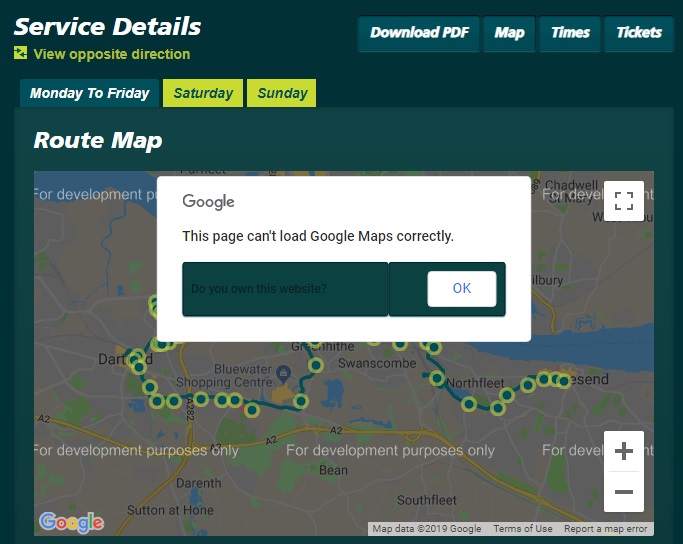
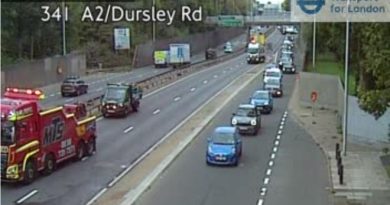
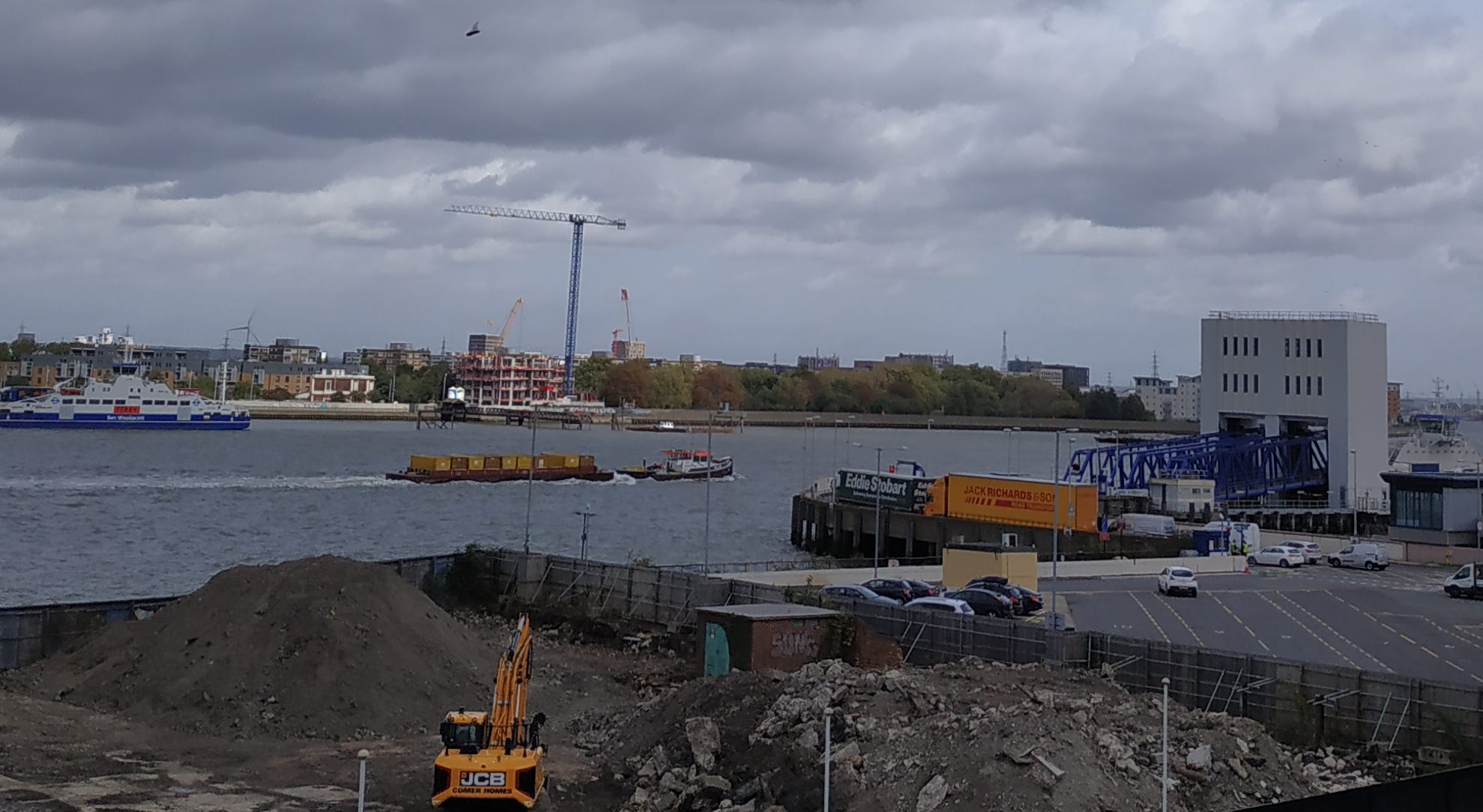
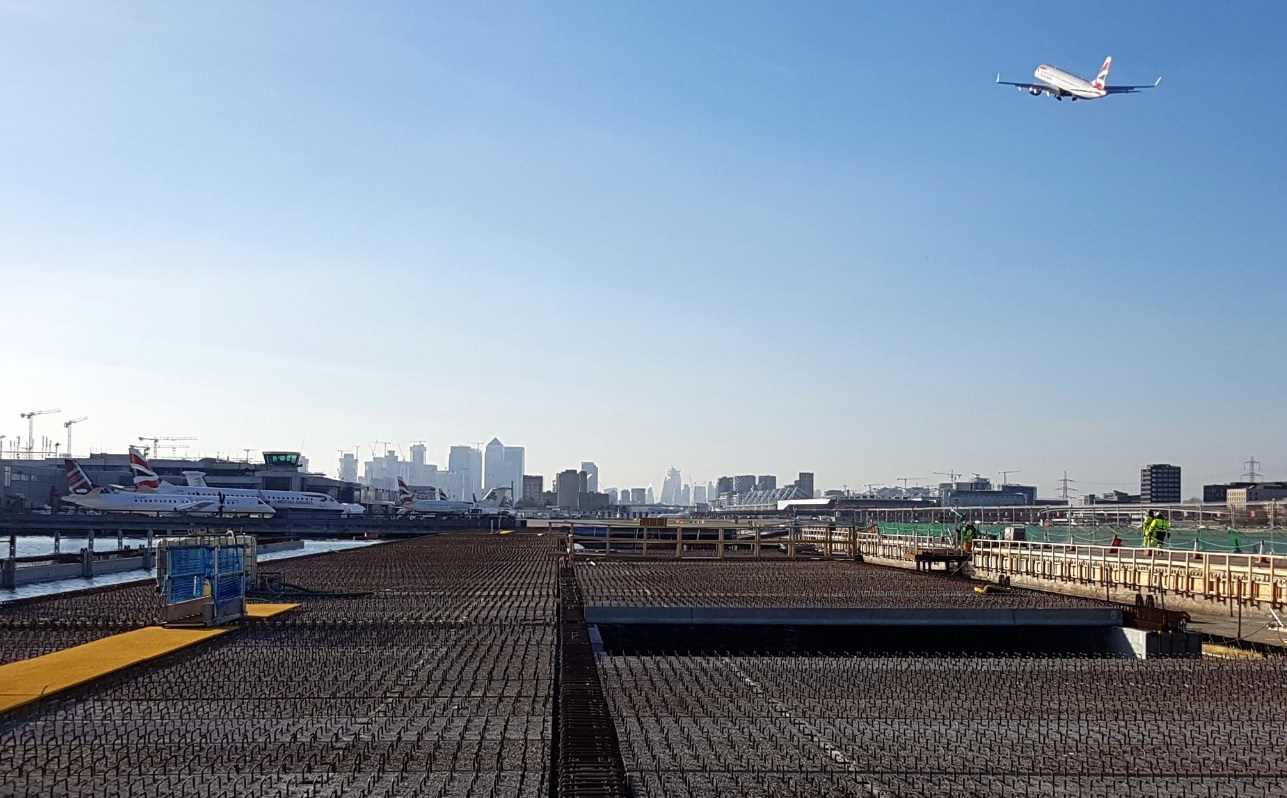
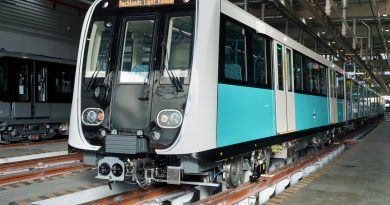
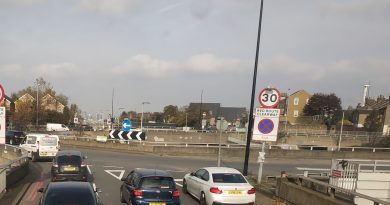
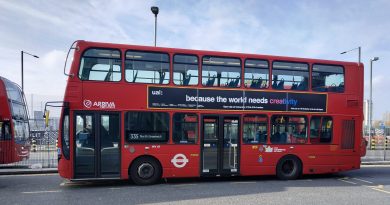
Yes the buses around Dartford can be very few and are between at the best of times. TFL route 428 currently Erith-Crayford-Dartford-Darent Valley Hospital-Bluewater.
Will be cut back to operate between Erith and Crayford only on the 26th January 2019 so this route will no longer serve Dartford Darent Valley Hospital or Bluewater.
So is a blow to people that live in the Dartford area or use the route 428 to reach Darent Valley Hospital or Bluewater.
According to the London Bus Route,net website. The proposed changes to route 428 have now been postponed to September 2019. However sadly they are still planning to withdraw the service between Crayford and Bluewater at this time.
It has just been announced that Go Ahead have been awarded a 15-year contract to provide totally electric buses on the Fastrack services. These will be Irizar ie tram buses. Initially based at Bexleyheath but ultimately a charging facility will be built alongside the network.
@Roy. That Iis good news I hope the Fast Track bus routes will see a frequency increase. A fast track bus scheme needs high frequency bus routes throughout the day 7 days a week..